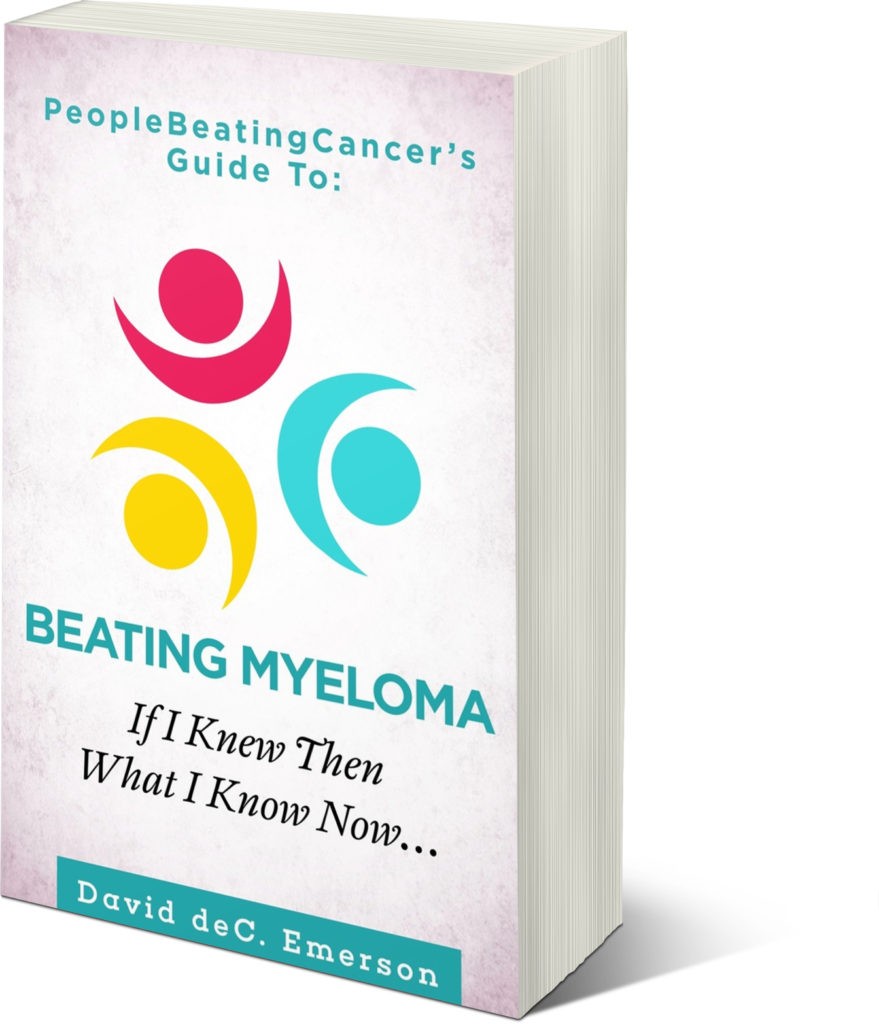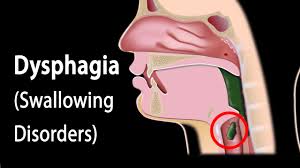
Recently Diagnosed or Relapsed? Stop Looking For a Miracle Cure, and Use Evidence-Based Therapies To Enhance Your Treatment and Prolong Your Remission
Multiple Myeloma an incurable disease, but I have spent the last 25 years in remission using a blend of conventional oncology and evidence-based nutrition, supplementation, and lifestyle therapies from peer-reviewed studies that your oncologist probably hasn't told you about.
Click the orange button to the right to learn more about what you can start doing today.
- You are here:
- Home »
- Blog »
- Multiple Myeloma »
- Myeloma- Dysphagia aka Difficulty Swallowing
Myeloma- Dysphagia aka Difficulty Swallowing

Dysphagia is the medical term for the symptom of difficulty in swallowing.[1][2] Although classified under “symptoms and signs” in ICD-10,[3] the term is sometimes used as a condition in its own right (multiple myeloma side effects)
Dear David- I would like to share my recent experience. I was diagnosed with lymphoma in my throat in 1996. I was treated with chemo and radiation. Now 20 years later I noticed that I was having problems swallowing solid food. After several tests including endoscopies, CAT scans, biopsies, etc. it was determined that there was fibrosis from the radiation (dysphagia).
I recently began physical therapy including myofascial release massage therapy. I am hoping that it helps release the swallow muscles so I can enjoy food again. I wanted to share this experience so that others with the same issue do not have to go through several months of tests when it should’ve been determined sooner that it was fibrosis from radiation. I believe the sooner he PT starts, the better the results will be.
I hope readers will learn from my experiences-
Irene
Thanks for your post Irene. Yes, the radiation to your neck area could cause a long-term, late stage side effect called dysphagia (difficulty swallowing). I had a fair amount of radiation to my C5 area after I had a lesion removed from that ara.
It sounds as though you had to work hard to figure out a side effect of oncological treatment that you should have been made aware of by your doctors years before. Maybe I am thinking this way because of my own frustration with my own multiple myeloma side effects that I also had to identify and treat on my own.
Either way, thanks for posting and I hope your PT helps you enjoy foods once again.
I’ve been doing neck exercises for the past 5 or so years. Though I don’t believe my swallowing muscles will ever be 100%, I do think that my daily Shaker exercise routine will enable me to live and swallow pretty normally for the rest of my life.
I recommend the Shaker Exercise. Here are several videos to demonstrate.
Thanks,
David Emerson
- MM Survivor
- MM Coach
- Director PeopleBeatingCancer
Recommended Reading:
- Cisplatin induced hearing loss and prevention therapy.
- Healing Chemobrain
- Radiation Induced Lumbar Plexopathy aka R.I.L.P
- Nerve damage aka “Radiation-Induced Lumbosacral Plexopathy” therapies-
Application of Manual Therapy for Dysphagia in Head and Neck Cancer Patients: A Preliminary National Survey of Treatment Trends and Adverse Events
“Radiation-associated dysphagia is a common and debilitating consequence of treatment for head and neck cancer (HNC). Since commonly employed dysphagia therapy programs for HNC patients still lack authoritative efficacy, some speech-language pathologists (SLPs) have started employing manual therapy (MT) techniques in an attempt to prevent or rehabilitate dysphagia in this patient population. However, exceptionally little is known about the use of MT in this patient population.
Objectives-The purpose of this study was to describe practice patterns as well as the rate, type, and severity of adverse events associated with SLP provision of MT to HNC patients.
Results- Of the 255 respondents, 116 (45.5%) performed MT on HNC patients. Of these 116 SLPs, 27.6% provided proactive MT during radiation, 62.1% provided 1 to 2 sessions per week, and 94.8% prescribed a MT home program. The rate, type, and severity of reported adverse events were similar between HNC and non-HNC patients.
Conclusion- This preliminary survey demonstrated that SLPs provide MT to HNC patients during and after cancer treatment, and that reported adverse events paralleled those experienced by noncancer patients. However, these results should be taken with caution, and a well-designed prospective study is needed to formally establish the safety and the preliminary efficacy of this novel clinical intervention.


